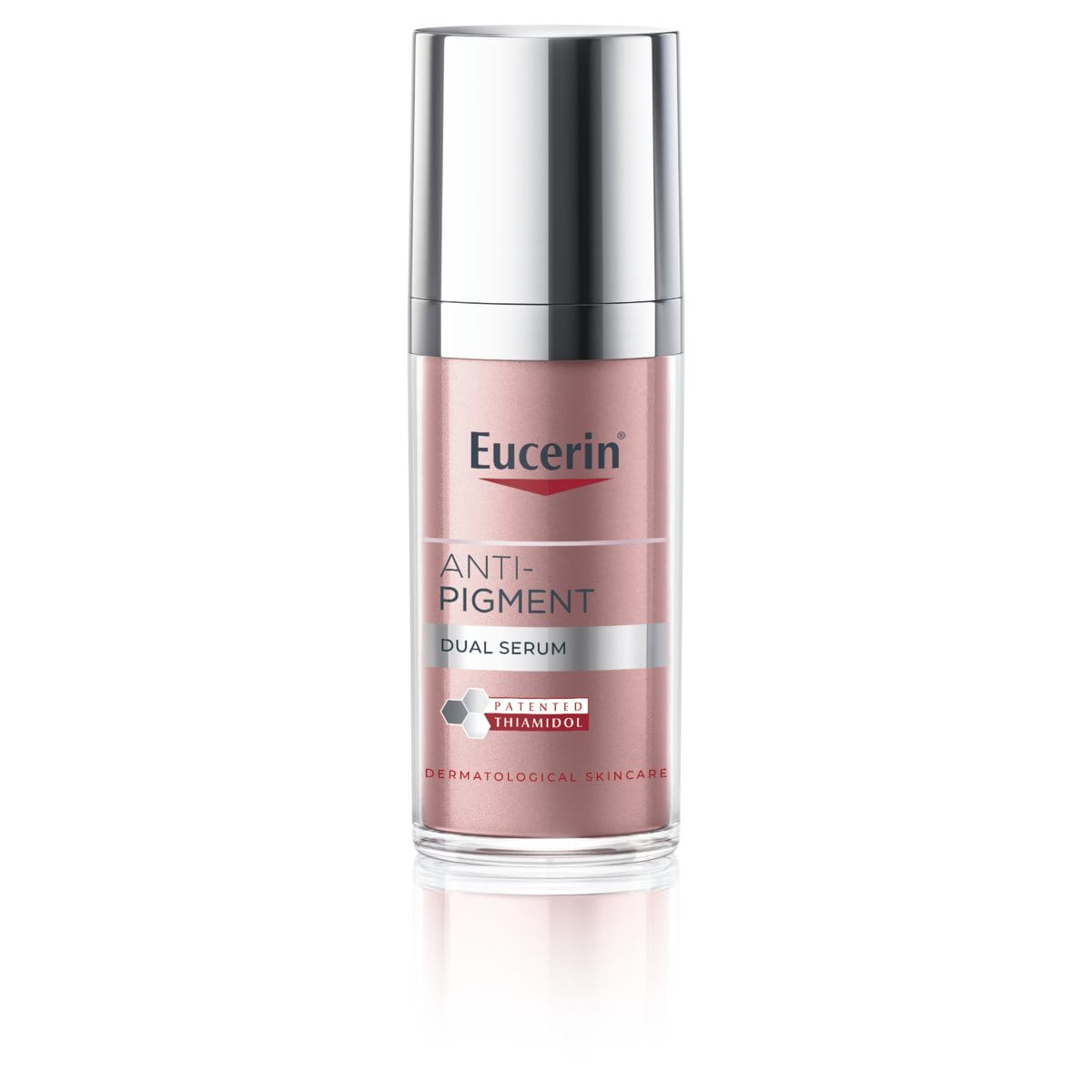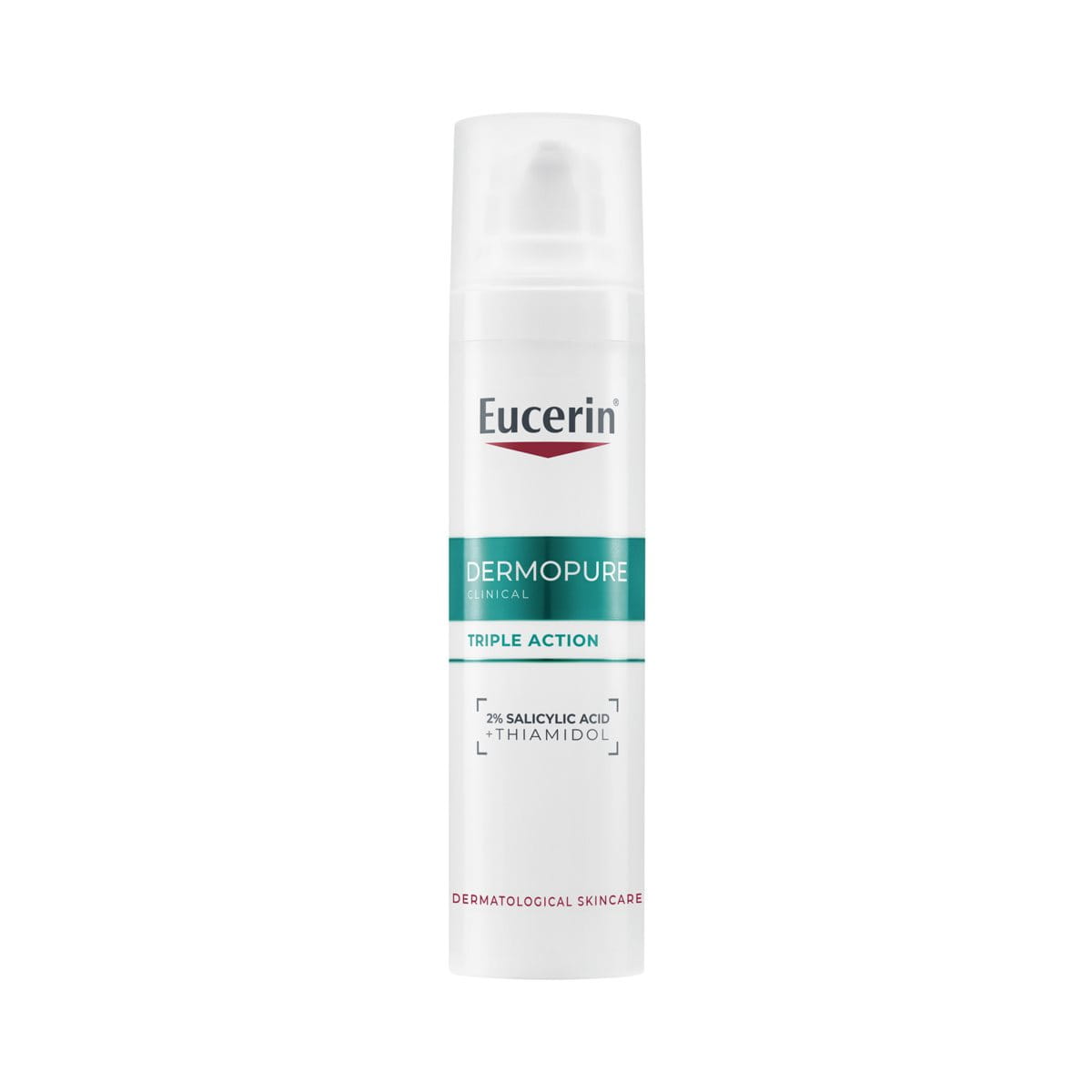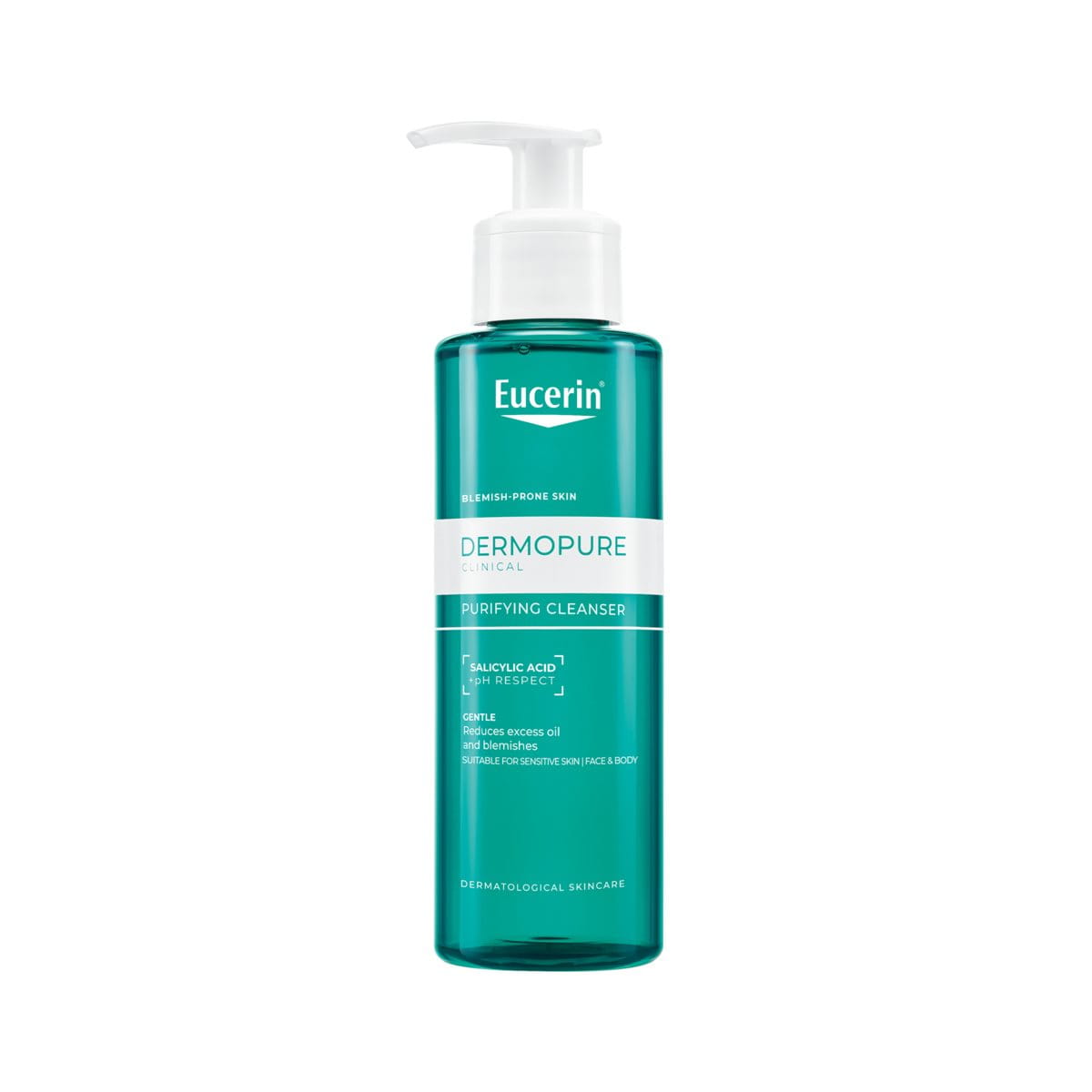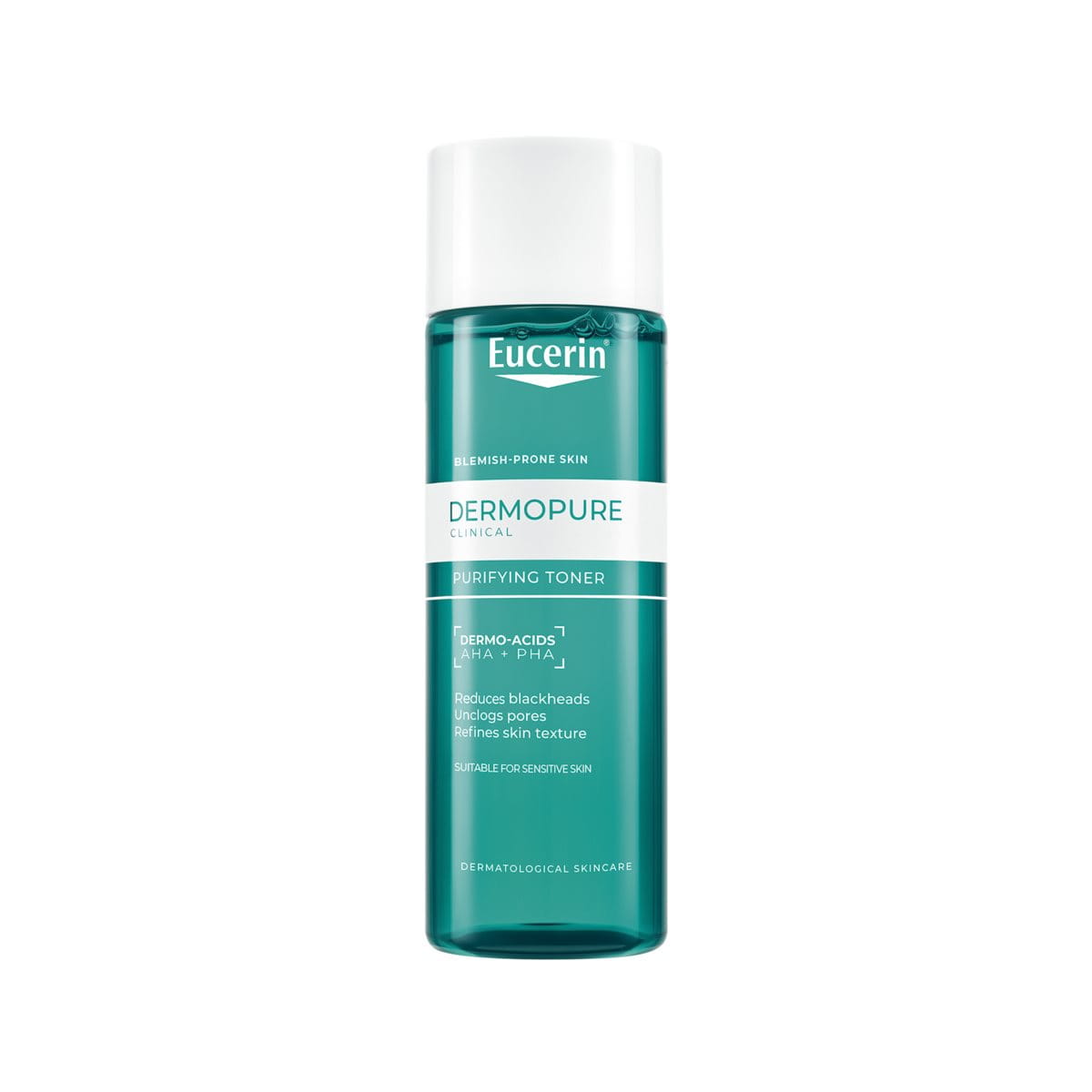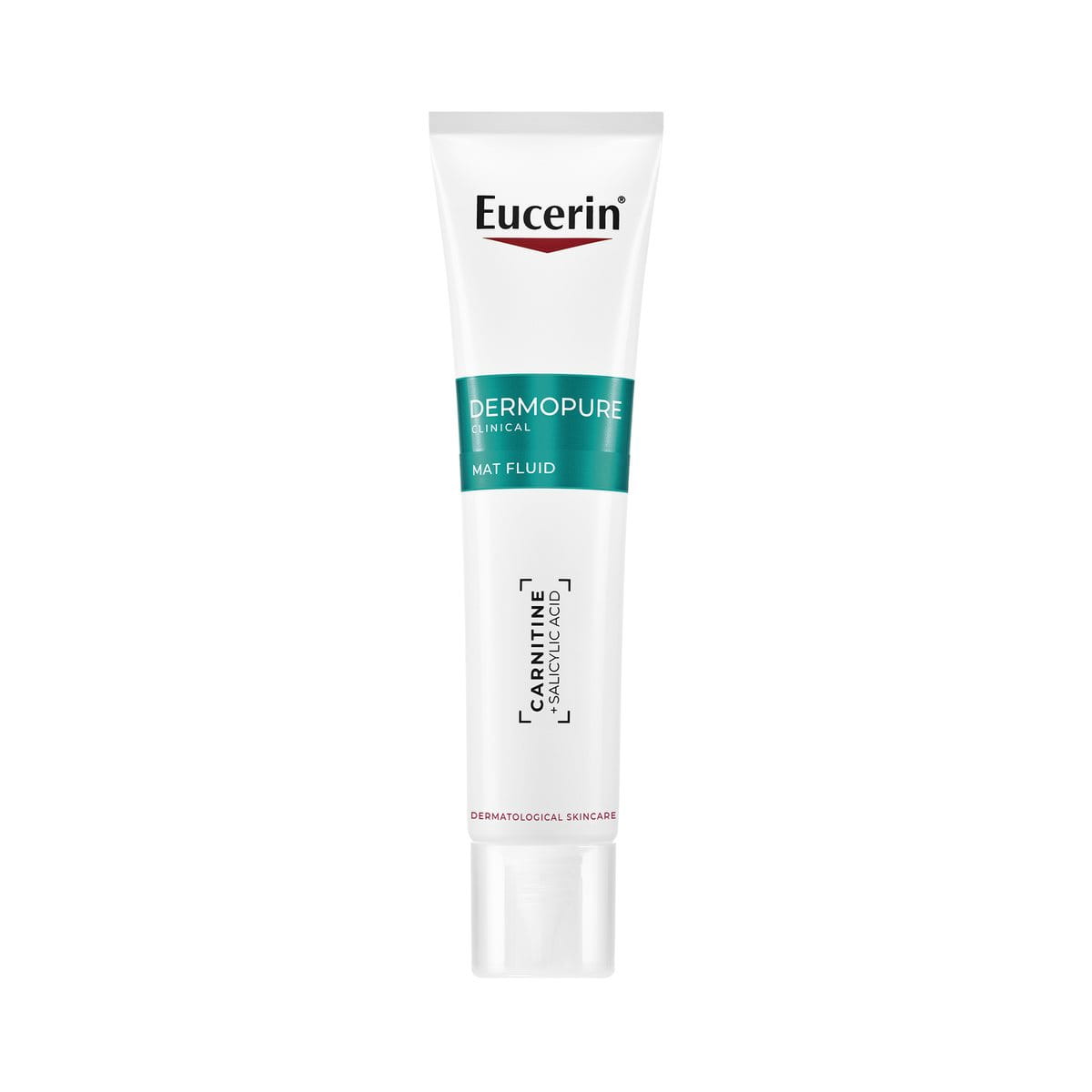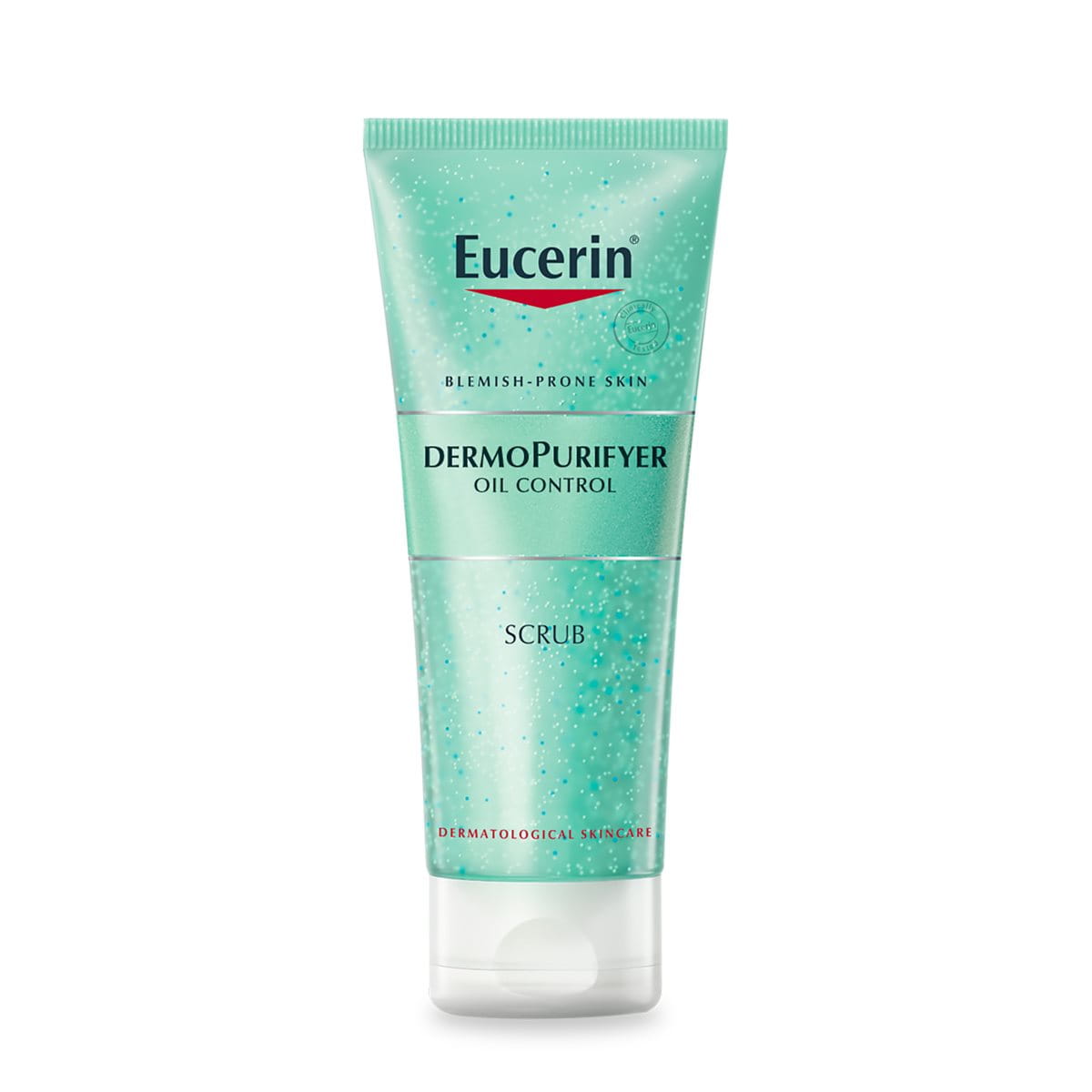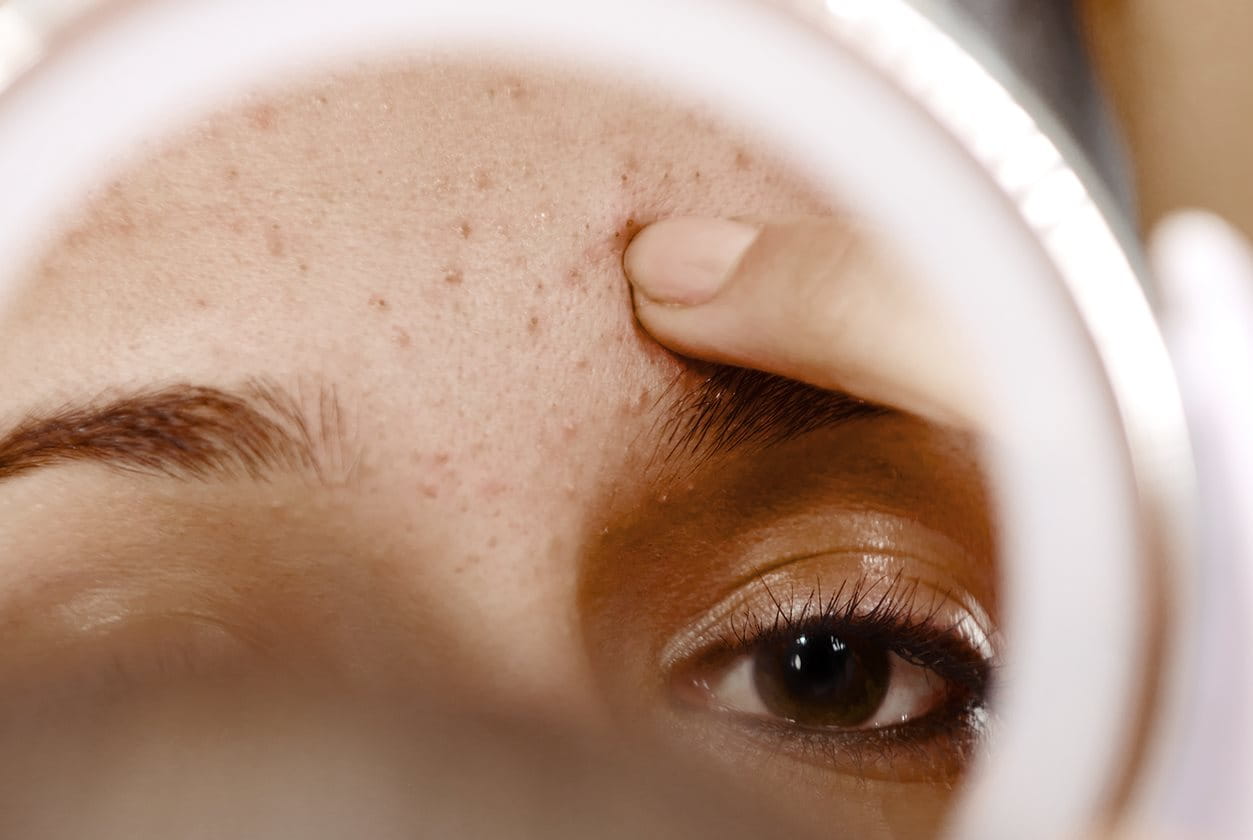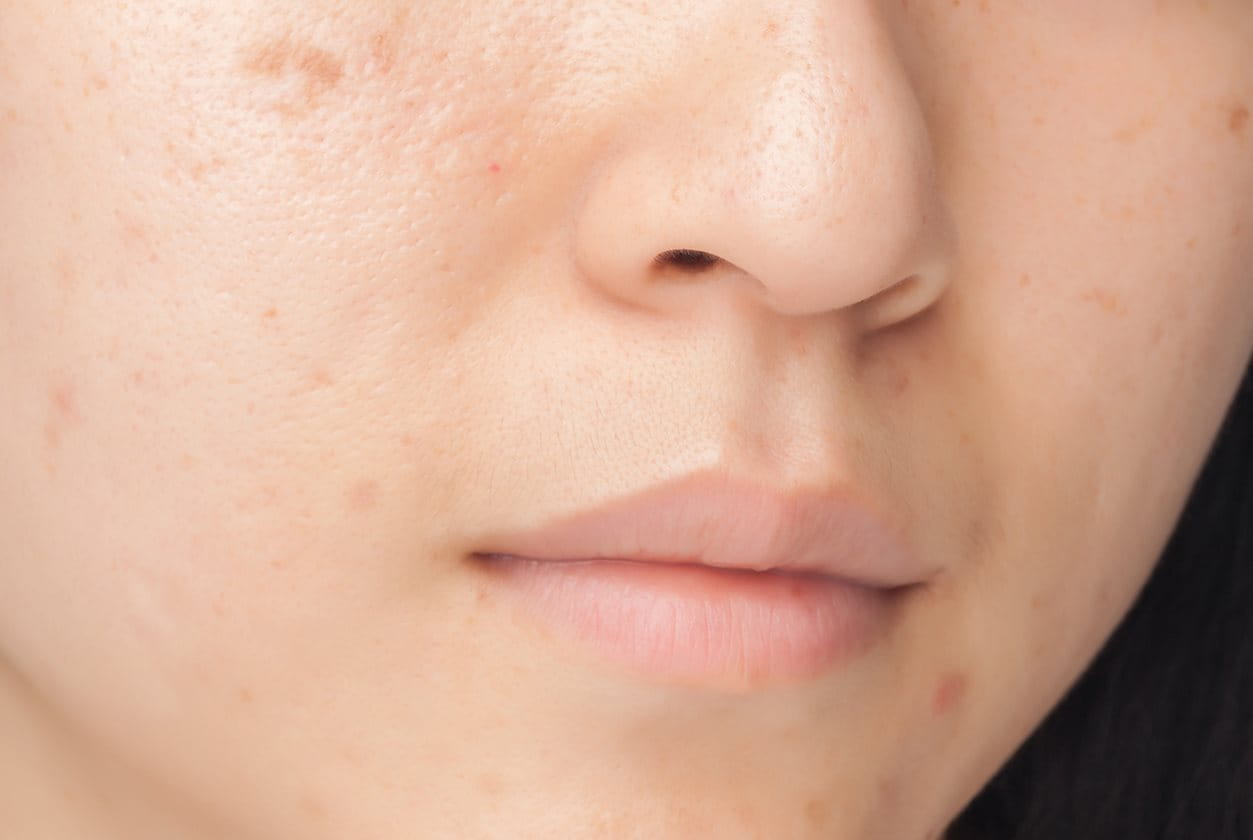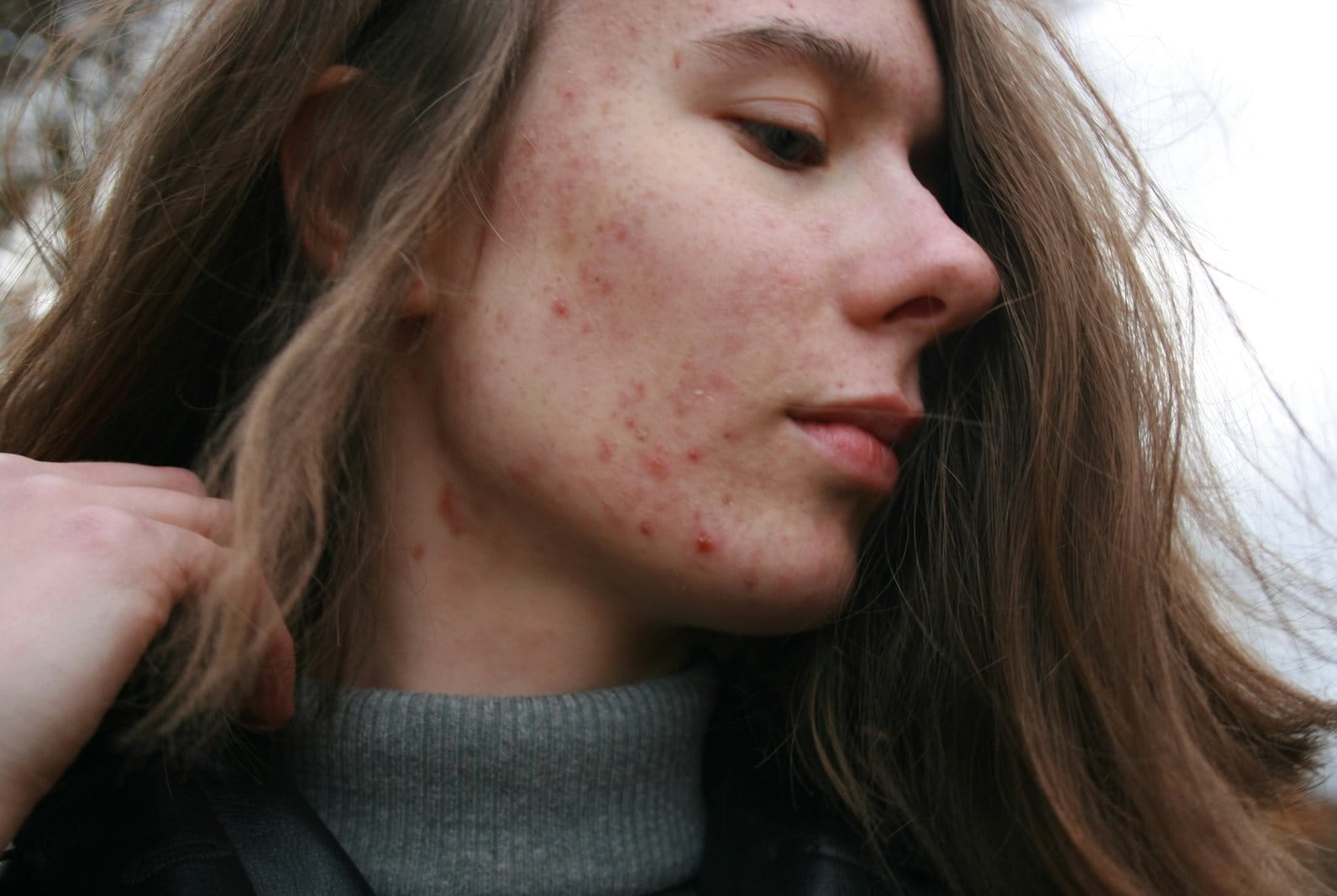Clogged pores, also known as blocked pores, are a stress-inducing skin condition that can lead to acne. Your skin is covered in pores so you can get clogged pores anywhere, but luckily for your skin, learning how to get rid of clogged pores can be quite simple.
This article will inform you about what could be causing your clogged pores, how you can unclog your pores, and what actions you can take to prevent blocked pores in the future.
What are clogged pores and what causes them?
Humans have several hundred thousand pores in their skin. They are located wherever there is body hair. Through the pores, the body secretes sebum, which creates a thin film of oil on the skin and thus strengthens the natural skin protective barrier.
In people with combination skin or with an oily skin type, the sebaceous glands are more pronounced. This can lead to an overproduction of sebum (seborrhea) and at the same time excessive cornification. The sebum mixes with dirt and makeup residues – clogged pores on your cheeks, nose or forehead are the result.
It’s important to note that clogged pores, although similar, are different from enlarged pores. Enlarged pores are difficult to diagnose, but they are usually caused by excess sebum (similar to blocked and clogged pores), decreased skin elasticity with ageing, and an increase in hair follicles.
What causes clogged pores?
Just like the causes of acne, there are several possible reasons for the development of blemishes and clogged pores:
- Unhealthy diet
- Stress
- Medication
- Genetic predisposition
- Hormone changes or imbalances
- Inappropriate skin care products (for example comedogenic products)
What do clogged pores look like?
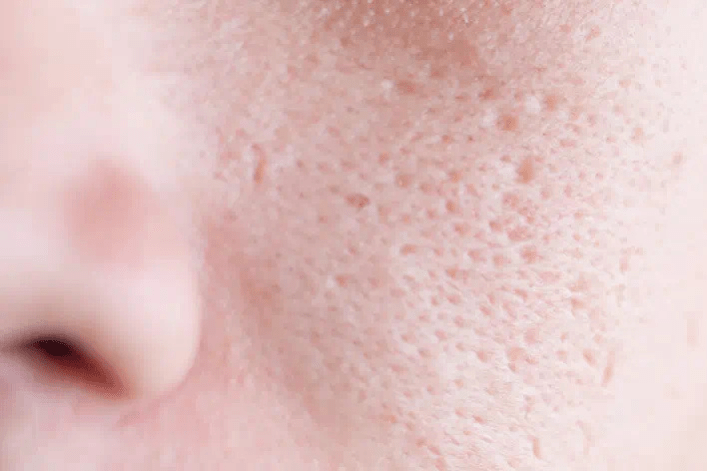
Clogged pores or even extremely clogged pores are known as closed or open comedones. You can recognise the closed ones by their white colour (hence the name whitehead), because the sebaceous gland secretion cannot escape to the outside. As a result, the typical, clearly visible pimples and pustules often appear.
The open, clearly more harmless comedones, on the other hand, can be recognised as small dark spots in the skin (hence the name blackhead). Overall, clogged pores contribute to a dull complexion.
Where do clogged pores occur?
In general, clogged pores can develop wherever there are pores in the skin. So, for example, clogged pores may appear on the back.
Clogged pores on the face occur mainly in the rather oily T-zone. This area includes the forehead, nose, and chin. Since the skin here tends to be oily, clogged pores on the nose are not uncommon. Sebaceous glands are particularly numerous and voluminous here. The reason for this is that these areas are more exposed to weather conditions than the other facial zones.
Clogged pores on the nose
As stated above, your nose is exceptionally sensitive to clogged pores, because the pores on your nose are actually larger than the pores on the other parts of your face.
Your nose is not only vulnerable to sunlight because of sunburn, but sunlight also makes your nose a prime candidate for getting clogged nose pores. This happens because the sun dries your skin out, while causing your body to naturally release excess amounts of sebum.
How to unclog pores
There are several ways to open clogged pores and prevent their recurrence. Among the methods of treatment of clogged pores are:
Daily cleaning with suitable products
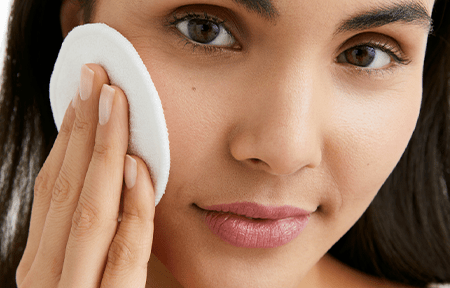
Daily facial cleansing is the basis for opening clogged pores. If you suffer from rather oily skin with clogged pores, you should use creams and skin care products that are non-comedogenic. Non-comedogenic means that a product neither triggers nor promotes acne due to the composition of its ingredients. Pore-opening and cleansing ingredients ensure a clear complexion and act preventively against the development of new impurities. The DERMOPURE CLINICAL range offers products that work against blemishes and pimples. The products tackle the main issues caused by blemished skin:
- Microinflammation: the main cause of acne
- Excessive sebum production (seborrhea)
- Hyperkeratosis (a thickening of the outer layers of the skin)
- Bacterial growth, which leads to visible inflammation
The Eucerin DERMOPURE CLINICAL Purifying Cleanser is a non-comedogenic face wash that clears away excess sebum and gently removes dirt and remnants of makeup. After cleansing, a toner helps prepare the skin for care. Eucerin DERMOPURE CLINICAL Toner has a formula with lactic acid, which unclogs pores. Following this, you should care for your skin with a soothing and mattifying moisturiser such as Eucerin DERMOPURE CLINICAL Mat Fluid. The fluid prevents excess sebum production and has an anti-shine effect.
In addition, use a cleansing scrub once or twice a week to cleanse the skin in depth and open the pores. The DermoPurifyer Scrub for example reduces impurities and blackheads. Read more about how to exfoliate your skin.
Other ways to help unclog pores
As well as using Eucerin DERMOPURE CLINICAL products to treat clogged pores and leading a healthy lifestyle can have a positive effect on the skin. This includes as little stress as possible (e. g. through relaxation methods), sufficient sleep (about 7 to 8 hours) and, if possible, abstaining from alcohol and nicotine.
Consider these other lifestyle changes if you’re suffering with clogged pores:
- Steam bath: A steam bath also effectively opens clogged pores so that dirt and debris can be released, and the skin's texture is refined and refreshed. A steam bath works especially well if you add skin-soothing chamomile flowers or a few drops of anti-inflammatory tea tree oil to the hot water. Simply hold your face over the steam bath for 10 minutes with a towel over your head at a distance of about 30 cm and cleanse well afterwards.
- Change clothes regularly for clogged pores on the body: For clogged pores on the back, you should make sure to wear breathable clothing (e. g. cotton) that fits loosely. In addition, the clothes that touch the skin should be changed daily.
- Diet: An unhealthy diet (lots of saturated fatty acids, white flour, and sugar) can have a negative effect on the appearance of the skin. Seborrhea triggered by poor nutrition can result in clogged pores and the development or aggravation of blemished skin and acne. Try to make sure you eat a balanced diet with plenty of fresh fruits, vegetables as well as whole grains. The food should be as unprocessed as possible. Learn more about how you can use nutrition to treat acne and blocked pores. You should also drink enough (about 2 litres a day). It is best to reach for water and unsweetened tea.
- Limit sun exposure: Spending time in the sun is a great thing, but it can increase your chances of clogged pores, especially if you already have an oily skin type. The reason for this is that your skin will overcompensate by releasing an abundance of sebum when it becomes dry from sunlight. Keeping your skin hydrated is not only good for your health, but it’s also good for your skin. Learn more about how the sun can affect acne and clogged pores.
Our brand values

We deliver a holistic dermo-cosmetic approach to protect your skin, keep it healthy and radiant.

For over 100 years, we have dedicated ourselves to researching and innovating in the field of skin science. We believe in creating active ingredients and soothing formulas with high tolerability that work to help you live your life better each day.

We work together with leading dermatologist and pharmacist partners around the world to create innovative and effective skincare products they can trust and recommend.
